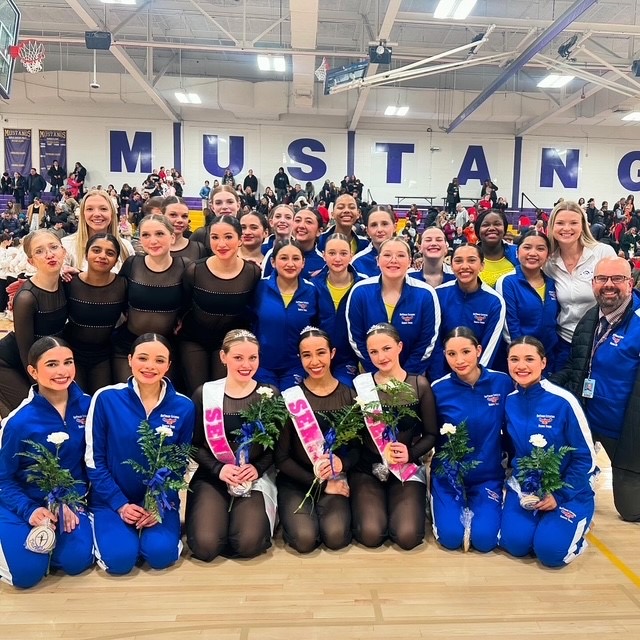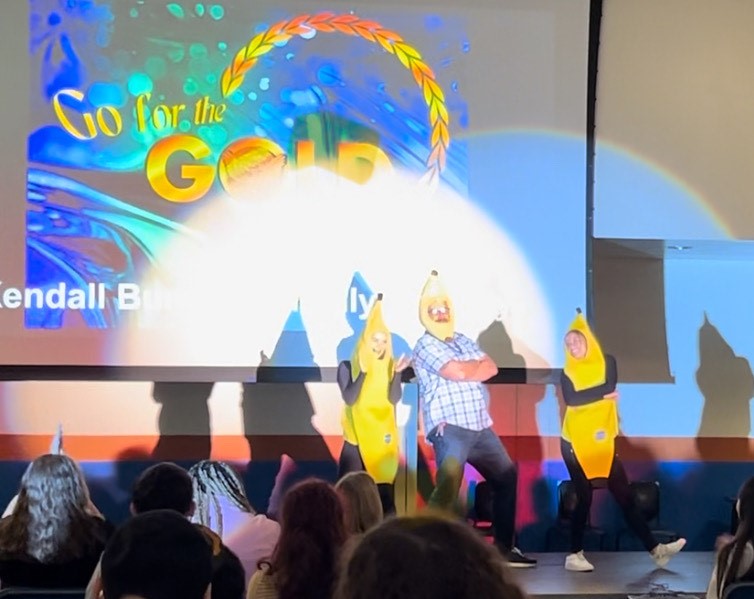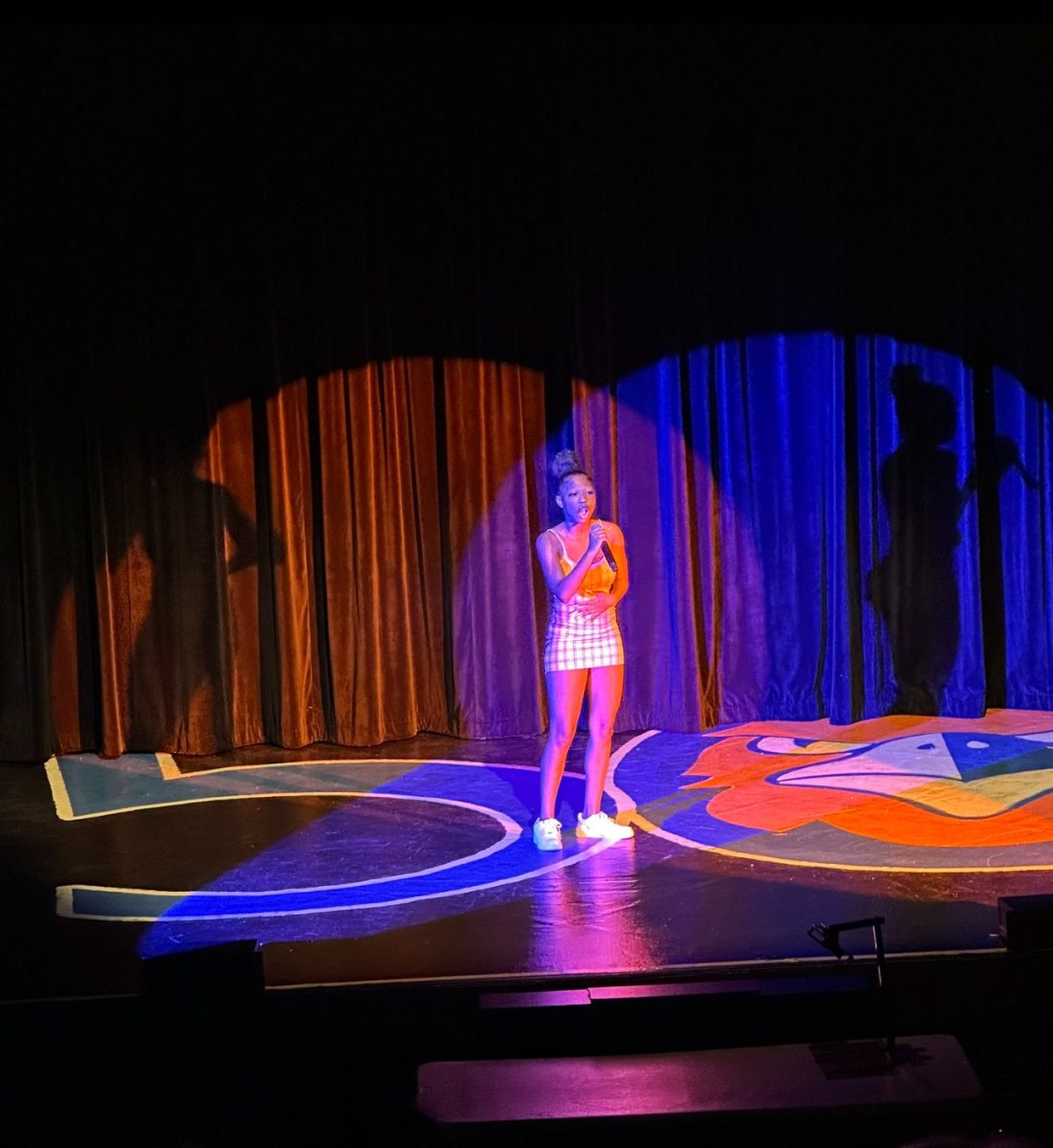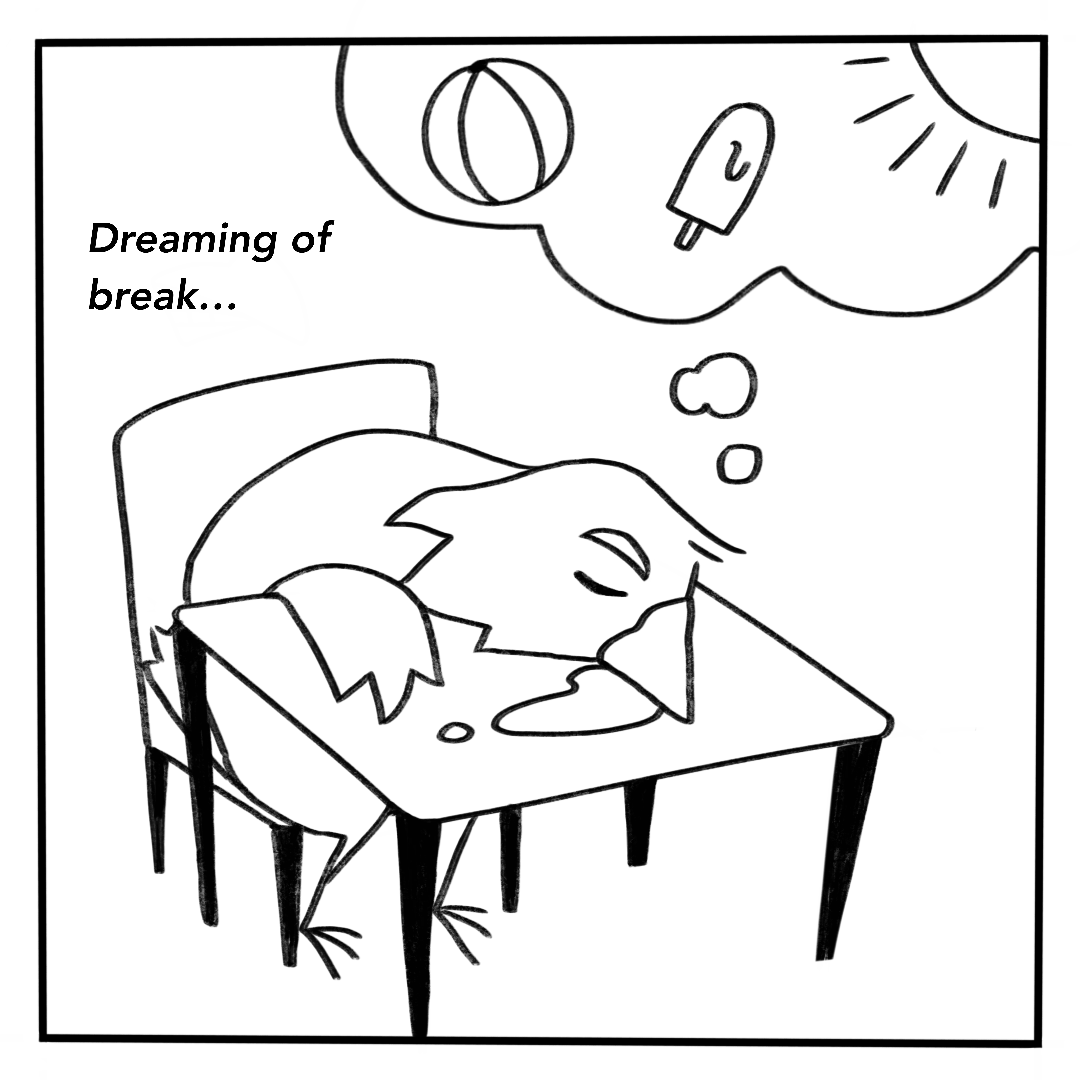“Into the Woods” Movie Review: Less dark than the stage performance but still worth seeing
February 20, 2015
When I heard that “Into the Woods” was being made into a movie, I naturally was ecstatic. I’ve been a huge fan of musicals and their movie adaptations since I can remember. I always loved the dramatic ups and downs of musicals and the wide spectrum of emotions they can make you feel in such a short amount of time.
Coming into the movie, however, I didn’t have much prior knowledge about the actual Stephen Sondheim musical. I knew that it was silly and it involved story book characters, but that was it. Usually I reserve some caution when watching “silly” musicals, because most tend to be a little too happy-go-lucky for my tastes. The A-list cast pushed me over the edge into buying a ticket and boy was I surprised.
This musical starts out groundbreaking. In most musicals, characters are introduced throughout the beginning of the story, each being introduced as the story unfolds. In “Into The Woods,” however, Sondheim uses one long opening number to introduce each character in great detail. In the actual musical score, there are nine parts to the Act I Overture. Most musicals have much shorter opening numbers; one, maybe two parts at most. Sondheim does not mess around when it comes to character introduction.
The plot starts off simple. The Baker and his wife want a child, but the Witch (played by Meryl Streep) curses his family so no one of his lineage would ever bare children. To reverse the curse it is said that the couple must retrieve “the cow as white as milk, the cape as red as blood, the hair as yellow as corn, [and] the slipper as pure as gold.” Not so simple anymore.
As the movie progresses, one begins to see the true meaning of “dark” in “dark comedy.” This is first noticed with Little Red Riding Hood. She starts out as normally seen in storybooks, a rambunctious girl bringing food to her grandmother in the woods. Then, of course, she meets the Wolf (played by Johnny Depp in the movie) who naturally stalks her in an obviously predatory fashion, much to her ignorance. However, this story soon turns grim (think Grimm fairy tales level grim) as the Baker cuts Red and her grandmother out of the Wolf and her grandmother skins him and makes him into a new hood for her granddaughter, much to Red’s delight.
Here is where Sondheim shines. No Sondheim character is without a quirk. Red’s homicidal tendencies, Cinderella’s indecisiveness, Jack’s foolishness. Every character has that trait that makes the audience member question every story they had been told as a child.
All in all, the first act reads like any other fairy-tale; a couple has to break a curse, stumbles hilariously to break the terrible curse and defeat the witch, and lives happily ever after. By the midway point, it seems like the movie’s over. Cinderella got the prince, the Baker and his wife had their child, the witch became beautiful again. But with one clamorous stomp from a giant and everything changes.
Act II is what really puts the “dark” in “dark comedy.” The Lady Giant from the classic Jack and the Beanstalk story comes to destroy the town, and the characters react in an interesting way. Instead of reacting gracefully, they quickly turn to attack each other and place blame upon one another. The Baker and his wife split up to try to find their way out of the woods and the wife cheats on her husband with Cinderella’s Prince. This gloom surprisingly hits it’s utmost lowest as the wife falls off of a cliff to her death.
By the end, both Red and Jack are now orphaned and alone, and the village is in tatters. In a bittersweet ending, the Baker, now a widower and single father, takes in Cinderella and the kids and resolves to start a new life. In the beautifully tragic number, “No One Is Alone,” the wife’s spirit comes back to the Baker and tells him that as long as he never forgets about her or what happened in the woods, he will never be without her. And so, as the Baker begins telling the story, as the narrator, the camera pans up over the trees, and with a bittersweet note from the orchestra, fades to black.
Overall, “Into The Woods” is an emotional rollercoaster. There are high and lows, but by the end, it looks like things might just be alright for our heros. While, the movie was amazing and definitely worth seeing, there are understandably some discrepancies with the stage musical. The stage musical, surprisingly, is even longer, numbering over 60 full orchestra numbers in the full score. Ten songs were cut from the musical when adapting into a movie, as well as a few darker plot points. None of it, however, detracted from the story-telling of the movie.
I would highly recommend anyone interested in “Into the Woods” to go see it in theaters. Anyone who wants to see the other side of fairy-tales should definitely go see the movie. Or if you want an even darker, grittier version, our school is performing the stage musical March 6th, 7th, 12th, 13th, and 14th. Come support your friends and see a truly unique show.


















